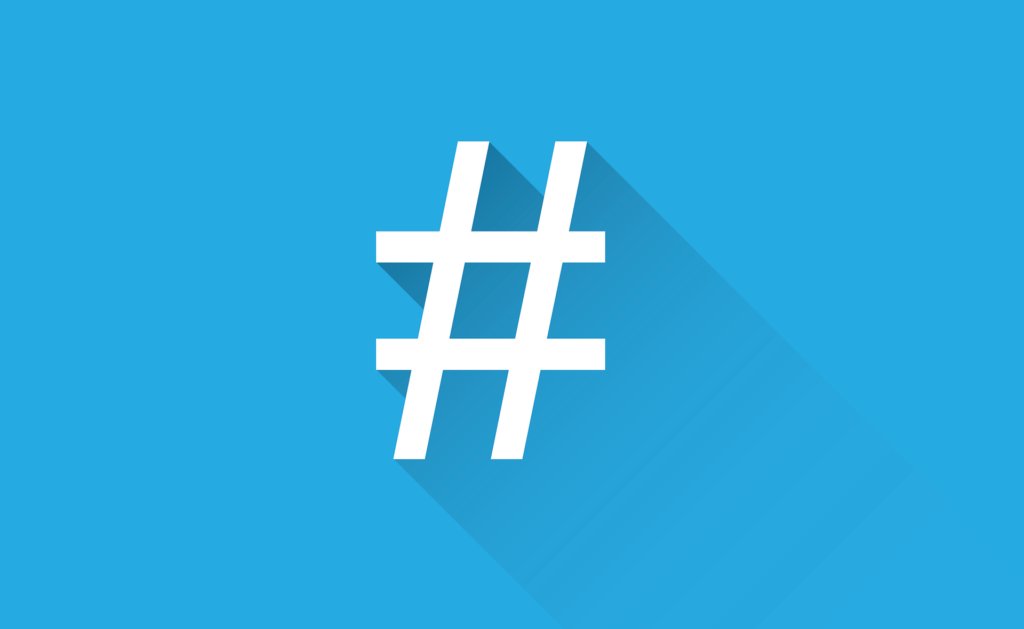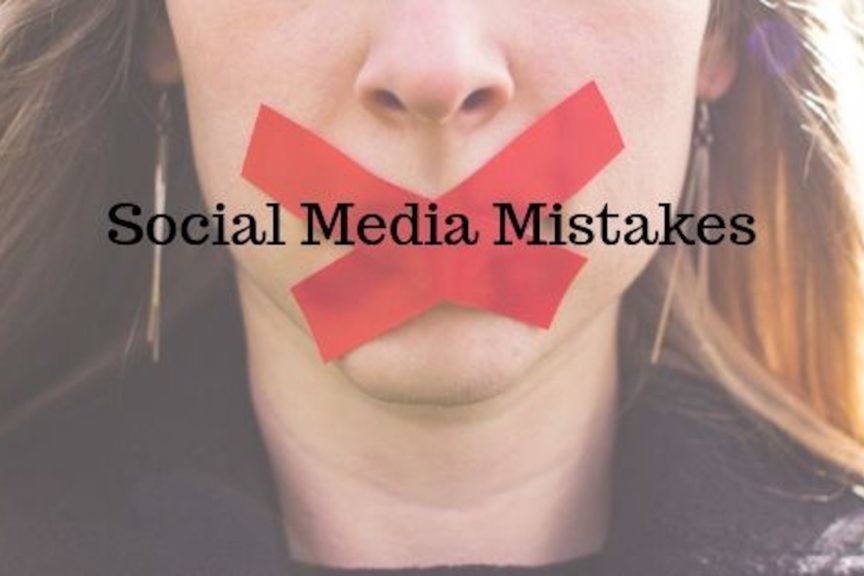Social media has become an invaluable component of content marketing strategies for businesses of all sizes – from enterprise companies like Coca-Cola to your local coffee shop. Twitter has seen substantial growth as it evolved from a platform focused on humorous “tweets” to a powerful medium for self-expression and intense discussion.
There is no question Twitter has left an indelible mark on our cultural, social, and political landscapes. The key to using Twitter as part of your marketing campaign is to post timely, meaningful, and engaging content.
How do you write an engaging tweet?
Twitter stands out from other social media platforms in a few critical ways. First and foremost, Twitter is known for brevity. Initially, users were limited to 140 characters in a message or “tweet.”
It posed an interesting challenge to get your message across with such tight restrictions. But after constant complaints from users, Twitter increased its character count to a (slightly) more generous 280. Even with the added characters, it is still challenging to condense a lengthy message into a brief blurb.
Certain types of content work better for Twitter than others. The most effective tweets contain the following:
- Calls to action: One of the key drivers behind social media is to encourage users to do something. So tell them what their next step should be. “Call now,” “Register today!” “Contact your local representative,” “Visit our website”—these are all examples of calls to action, and they should be somewhere in your tweet. Ran out of the room? Include a link to your website or the next place the reader should go to carry out the action you mentioned. Successfully converting readers to customers is what separates average content from truly great content.
- Hashtags: Besides making “tweet” part of our everyday vocabulary, Twitter is synonymous with hashtags. (Non-digital natives will recognize the hashtag as the number sign on a phone keypad). Hashtags play essential roles on Twitter. They are used to identify the keywords in your message and drive traffic to your page and other social media platforms. For instance, a Mom and Pop gift shop might compose a tweet about year-end sales that reads something like:
“It’s our annual #yearend sale! All #seasonal merchandise is 40 percent off! Stock up for next year! Thank you for your support! #shopsmall #shoplocal #momandpopshop”
- Humor: Readers are checking out your tweets because they not only like what you have to say but how you say it. Despite the character limitations, you can still tweet in your authentic voice. This is a hallmark of great content. And yes, you can even have a sense of humor. Twitter has become a go-to platform for snarky commentary. This is an effective way to engage your target audience and draw new readers from different parts of the Internet. Of course, we never recommend posting anything offensive, or that does not align with your company’s voice, but a little sarcasm or snark will definitely get you noticed.
- Visuals: Visual content does well on all social media platforms. GIFs, photos, infographics, video—each element used by itself, or even better, in some combination, can boost traffic and inspire feedback from readers.
- A dialogue with your audience: You want to engage your readers and move them somehow—perhaps physically through a call to action asking them to pick up the phone, register, or act in some way. Maybe mentally, emotionally, or idealistically where they are inspired to comment on your tweet. Whatever way you move them, a back-and-forth dialogue is great for reader engagement and broadening your reach with your audience.
What type of content is best for Twitter?
There is no “wrong” type of content. It just needs to deliver your message at or below the permitted character count. Below is a cheat sheet of what styles work best—keep this as a reference during your next content creation or marketing strategy brainstorming session.
- Keep it brief: Remember—brevity is the driver behind Twitter! Focus on creating tweets with powerful, actionable words and key phrases, so your message gets across in as few characters as possible.
- Include hashtags: Once again, we cannot stress the importance of hashtags when getting your tweets noticed. Use them to identify your company, cause, idea, the organization you’re supporting, an event you’re sponsoring, and the individuals involved at different levels. Trust us—they are used as search terms, “handles” to identify users, and a whole lot more. They’re important.
- Ask a question: Social media is a great way to share information with your readers, but that information sharing goes both ways. Get a conversation started. Ask questions to start engaging your audience with your company or industry. Take a formal or informal poll, or just ask a question to get some dialogue rolling. Fridays are often a good day to post a silly question and share some good-natured banter.
- Boast about your company/industry: Share the good news about your new product launch, employee milestone, or fundraiser for a cause your company is passionate about. Include links to websites and blog posts so readers can access the full story. If you’re promoting a cause, include links to sites where readers can donate or get involved.
How do you write an excellent promotional tweet?
An easy way to compose a solid promotional tweet is to take advantage of Twitter’s promotional days, such as #MondayMotivation. Beyond this, it’s all about word choice. Strong verbs will get your message across more clearly. And make it known that readers only have a limited time to register, learn more, or order the item you’re tweeting about.
 How can Twitter help my business grow?
How can Twitter help my business grow?
Now that you understand the importance of creating engaging content, the next step is to develop a posting schedule. Tools like TweetDeck and Hootsuite can help you manage your calendar for all social media, so you don’t have to track and upload your posts on each site individually.
You should already know to post regularly is the best way to get noticed and build your social media presence. Always craft tweets in your brand’s voice, and share the great stuff happening at your business to keep your name visible.
Social media is a permanent fixture in today’s content marketing landscape, and Twitter’s influence is getting stronger all the time. When used correctly, it can be a great way to establish and enhance your brand.
Do you use Twitter? How has it impacted your brand?



